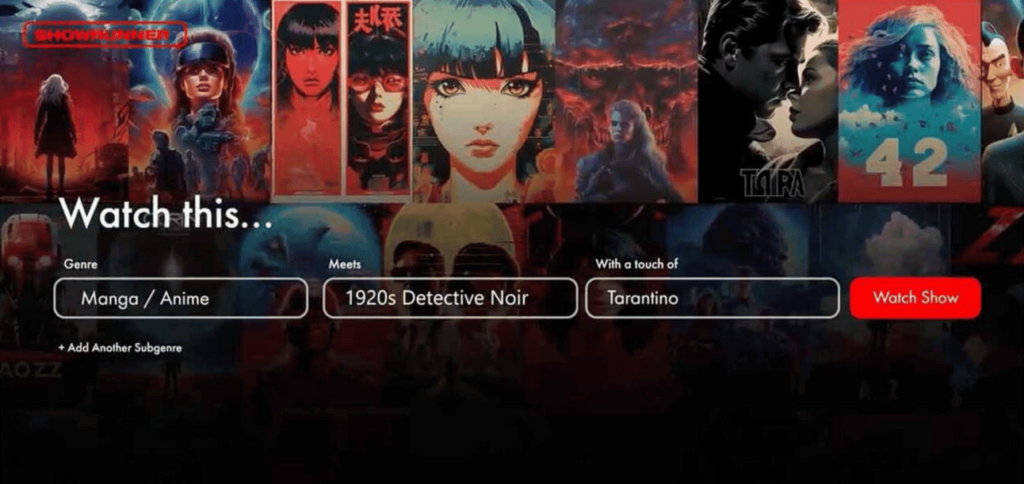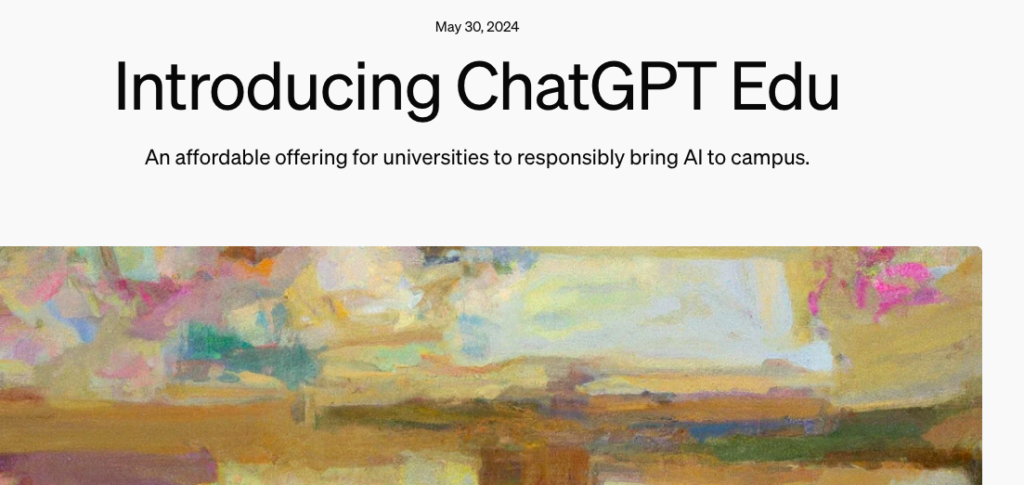This next generation model, built on the foundations of Gemini 1.0, represents a paradigm shift in the capabilities of artificial intelligence, especially in processing and understanding large amounts of information.
ADVERTISING
Main features
- Improved Performance and Efficiency: The Gemini 1.5, with its new Mixture-of-Experts (MoE) architecture, delivers dramatically improved performance. It is more efficient to train and serve, maintaining quality while using fewer computational resources, signifying a notable advancement over its predecessor, Gemini 1.0 Ultra.
- Advancing Long Context Understanding: A Standout Feature of Gemini 1.5 is its ability to process up to 1 million tokens, offering the longest context window in large-scale base models to date. This allows the model to handle extensive information in a single prompt, ranging from long videos and audios to substantial codebases and documents.
- Extensive Ethical and Security Testing: In alignment with the AI Principles of Google: Gemini 1.5 has undergone rigorous ethical and safety assessments to mitigate potential harm. This includes innovative research into security risks and the development of red-teaming techniques to ensure responsible deployments.
Comparison with models from OpenAI
- Contextual Understanding and Extension: The notable feature of Gemini 1.5 is its long context understanding, with the ability to process up to 1 million tokens. This greatly surpasses the GPT-4 context window, potentially allowing the Gemini 1.5 handle more extensive information in a single prompt. However, GPT-4's sophisticated algorithms have been fine-tuned through extensive training and real-world applications, demonstrating a high level of subtlety, creativity, and reliability in text generation.
- Efficiency and Scalability: The MoE architecture of Gemini 1.5 improves its efficiency, potentially making it more scalable and cost-effective for certain applications. GPT-4, while highly effective, can require more computing resources for similar tasks, especially when dealing with large data sets or complex prompts.
- Video Generation Innovation Gap: The absence of a comparable video generation model Google highlights a gap in its AI offerings. O Sora da OpenAI has set a high standard for what is possible in AI-driven video creation, offering new avenues for storytelling, entertainment and education.
- Potential for Future Developments: Given the company's solid track record, Google in AI research and development, it is plausible that they are working on or will eventually introduce advanced video generation technologies. The AI landscape is evolving rapidly, and AI expertise Google in machine learning and large-scale AI infrastructure positions them well to innovate in this space.
In short, while the Gemini 1.5 presents promising advances in text generation and processing of long contexts, the Google has not yet revealed a video generation model that matches the revolutionary capabilities of Sora da OpenAI. The comparison between Gemini 1.5 and GPT-4 highlight the ongoing competition and innovation in AI, with each model offering unique strengths and potential applications.
Read also






